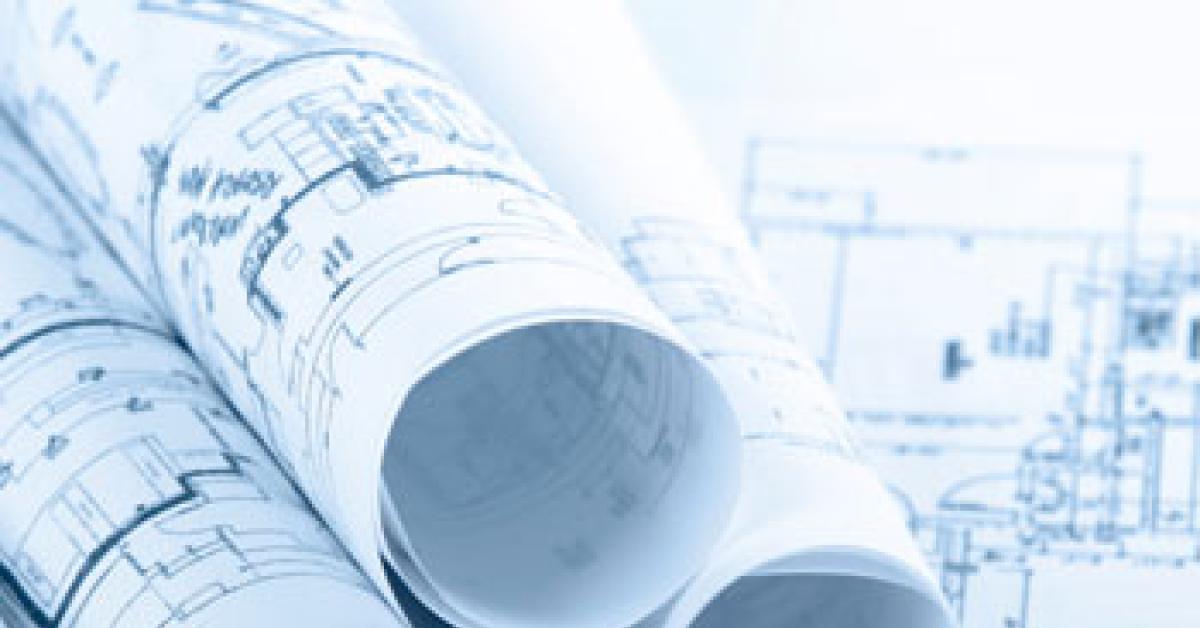CHICAGO — We’re all under pressure to save money today. You’ve been cutting back on every possible expense for the last two years. But now, there are hints of improvements in the economy. In some cases, growth is taking shape, and this presents an opportunity to plan the best plant possible without having to rush and meet the quick timelines demanded by huge volume.
Most drycleaners—particularly those with good technical backgrounds—look at the newest and best equipment first. The design will need to incorporate these machines, and you’ll build around them.
But there’s a more methodical way to start, and it can save a lot of money. First, consider the results you’ll demand as you retool. Options might include faster turnaround on your products, higher pieces per operator hour (PPOH), improved customer service, the lowest possible investment, or all of the above.
Some of these goals may seem to be in conflict with each other. For instance, if you want the highest possible PPOH, you may consider automated assembly equipment. But this may represent a much higher capital investment than you might be able to afford.
Only when you identify all of your goals can you begin to look at your options and balance them against each other. You’ll also start to look at different alternatives when forced to consider all of the options for investment.
Quantify the goals you wish to achieve. For example, you may specify that you want turnaround on household items to go from a week to two days. Perhaps you want PPOH to rise from 16 to 22 in drycleaning. You might specify the maximum acceptable wait times for customers to be served at peak hours. Now you can begin to estimate your investment, costs, savings and revenues.
Any investment must have a corresponding benefit. Too often, people make investments with only the hope of improved performance, but the improvement is never realized. Quantifying a goal helps to ensure that there will be a real return on your investment.
Consider the ramifications of your goals. For instance, increasing turnaround usually means increasing capacity. If you want to speed processing on household goods, it’s easy to say you’ll add a few more washers and dryers, but the rest of the organization needs to be considered, too. It’s only worth doing if you will be able to grow the product and deliver an added benefit to customers.
You may need a marketing campaign to increase household volume; then, storage may become an issue. The equipment investment alone will not address all of the issues the organization will face.
Increasing labor productivity is often a function of replacing people with equipment; early on, you’ll calculate projected savings in order to justify the investment. But will a given piece of equipment really help you achieve the goal you’ve set? What functions will be eliminated or improved upon with new technology?
Knowing staff roles will help anticipate whether you can achieve a savings or not. You will also have to manage scheduling to achieve higher productivity.
Better customer service and equipment investments are rarely considered in the same thought, but there are technologies that can help. Point-of-sale (POS) systems are part of that equation; you may also debate the role of slick rails vs. conveyors in speeding service. Consider the whole plant.
After you retool, measure your results; it isn’t enough to create a forecast and make a plan. If you can’t learn from the effort, you may continue to make the same mistakes. Compare the results to the original forecast. Anticipating improvement but not achieving it can result in negative cashflow.
Without measuring results against original assumptions, operators tend to jump to the next project and dig deeper holes. Take your time. Set your goals, make your forecasts, plan your investments, and measure your results. Then, grow your business.
Have a question or comment? E-mail our editor Dave Davis at [email protected].

